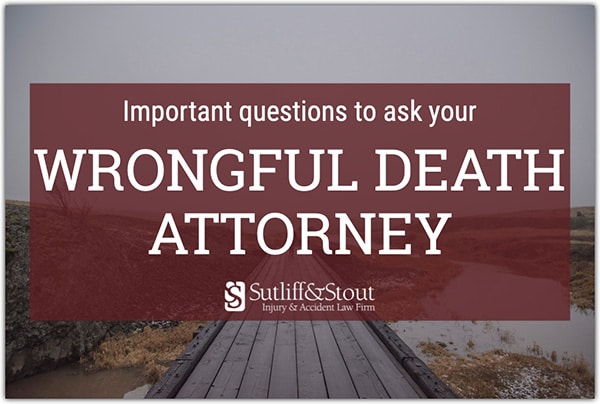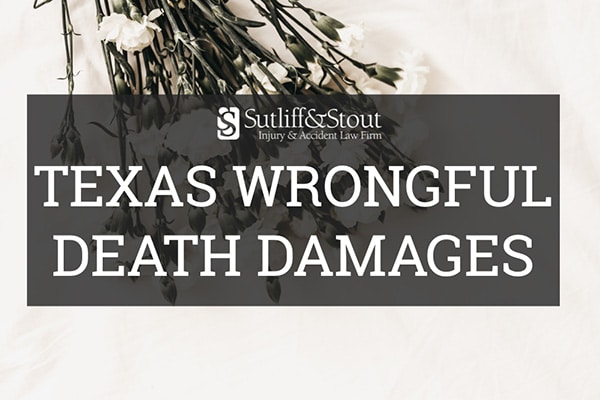Wrongful death laws are a relatively modern development in our legal system. Historically, survivors of family members who lost their lives in accidents or because of the wrongful acts of another person were unable to recover any compensation at all. If any justice was to be had, it had to occur through a criminal action commenced by the state.
This led to the somewhat anomalous legal result that a negligent party that merely injured another person could incur legal liability, but a negligent party that killed another person incurred none. To remedy this situation, Texas (and every other state) enacted a wrongful death law that created a cause of action (a right to sue) allowing survivors to bring a lawsuit recover damages.
Texas’ wrongful death statute is found in Title 4, Chapter 71 of the Civil Practice and Remedies Code. It addresses various issues related to bringing a wrongful lawsuit, including the following:
- When a Wrongful Death Lawsuit may be Filed – Liability arises when a party’s wrongful act, neglect, carelessness, unskillfulness, or default causes an injury that results in the death of another person.
- The Parties that may File a Wrongful Death Lawsuit – The law specifies the parties that can bring a wrongful death lawsuit – only parents, children, and spouses of decedents may do so. These parties can file a claim individually, or may choose to consolidate their claims into a single action. If none of these parties bring an action within three months after the decedent has passed away, the executor or administrator of the decedent’s estate will bring the action unless all interested parties have requested that he or she not do so.
- The Damages that Survivors may Recover – The wrongful death statute allows survivors to recover actual damages, which can include damages for the lost income of the decedent, emotional pain and mental anguish, loss of companionship, loss of inheritance, and loss of care, support, advice, and counsel. In cases in which a person’s death is caused by a willful act or omission or the gross negligence of the defendant, the statute authorizes exemplary damages in addition to actual damages, which are imposed to punish the defendant for his or her behavior and deter others from engaging in similar conduct in the future.
These are just a few of the issues covered by the wrongful death statute, and in practice, its application can be extremely complicated. Additionally, the statute continues on to authorize a distinct cause of action known as a “survival action,” which allows personal injury actions to “survive” the death of the plaintiff. This allows family members to bring a separate action for losses sustained by their loved one as if he or she had survived the incident at issue. In many cases, surviving family members can bring both a wrongful death and a survival action concurrently, resulting in significant financial recovery.
- What Are Texas Motorcycle Permit Restrictions? - April 13, 2024
- Do I Need Motorcycle Insurance in Houston? - April 11, 2024
- Moped Laws in Houston - April 10, 2024



